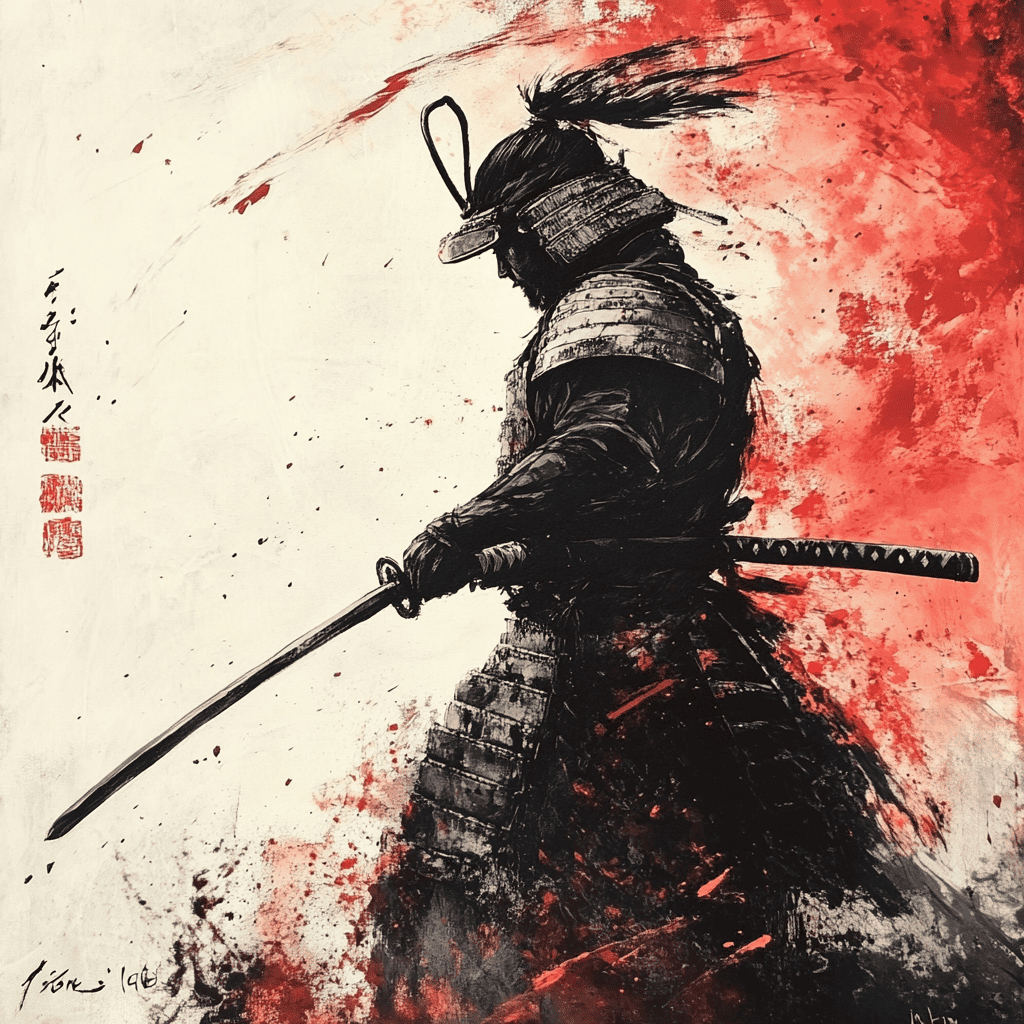Table of Contents
Benkei: The Legendary Warrior Monk of 12th Century Japan
Introduction
Benkei, one of Japan’s most legendary warrior monks (Sōhei), is best known for his unwavering loyalty to Minamoto no Yoshitsune and his extraordinary strength and combat skills. Active during the 12th century CE, Benkei was a towering figure in Japan’s turbulent Genpei War (1180–1185), serving as Yoshitsune’s most trusted retainer and bodyguard.
More than just a warrior, Benkei symbolized the Sōhei tradition, where Buddhist monks took up arms to defend their temples and influence politics. His story, filled with bravery, humor, and tragedy, has been passed down through centuries in Japanese folklore, literature, and performing arts.
The Rise of Benkei: From Warrior Monk to Samurai Retainer
Benkei’s Origins and Strength
- Said to have been born at Enryaku-ji Temple on Mount Hiei, a stronghold of the Tendai Buddhist warrior monks (Sōhei).
- Legends describe him as a giant, over six feet tall, with incredible physical strength and martial skills.
- Some stories claim he was a half-demon (oni), further exaggerating his superhuman abilities.
The Duel at Gojo Bridge: Benkei Meets Yoshitsune
- Benkei challenged 1,000 samurai on Kyoto’s Gojo Bridge, defeating 999 before meeting Minamoto no Yoshitsune.
- Yoshitsune, smaller and faster, outmaneuvered Benkei and defeated him in combat.
- Impressed by Yoshitsune’s skill, Benkei swore loyalty to him, becoming his bodyguard and closest companion.
Benkei’s Role in the Genpei War
Serving Minamoto no Yoshitsune
Benkei fought alongside Yoshitsune during the Genpei War, helping the Minamoto clan defeat the Taira.
- Participated in the Battle of Ichi-no-Tani (1184), where Yoshitsune led a surprise attack against the Taira.
- Fought in the Battle of Dan-no-ura (1185), the final decisive battle where the Minamoto destroyed the Taira clan.
Benkei’s Strength and Tactical Brilliance
- Known for wielding massive weapons, including a naginata and iron staff.
- Acted as Yoshitsune’s strategist and protector, ensuring his survival in battle.
The Loyal Death of Benkei: The Battle of Koromogawa
Yoshitsune’s Betrayal by Minamoto no Yoritomo
- Despite his victories, Yoshitsune became a threat to his brother, Minamoto no Yoritomo, Japan’s first shogun.
- Declared a traitor, Yoshitsune fled north to Hiraizumi, where he and Benkei took refuge.
Benkei’s Last Stand: The “Standing Death”
- In 1189, Yoritomo’s forces attacked Koromogawa, Yoshitsune’s final hiding place.
- Benkei defended the entrance alone, holding off hundreds of soldiers while Yoshitsune committed seppuku (ritual suicide).
- According to legend, Benkei died standing up, pierced by dozens of arrows but never falling—his final act of loyalty and defiance.
Benkei’s Influence on Japanese Culture
The Ideal of Loyalty and Strength
Benkei became a symbol of ultimate loyalty, representing:
- Bushidō values of honor and self-sacrifice.
- The warrior monk tradition (Sōhei) in medieval Japan.
- The underdog hero, revered for his courage and resilience.
Benkei in Japanese Literature and Art
His legend appears in:
- The Tale of the Heike, which chronicles the Genpei War.
- Kabuki and Noh theater, where his strength and humor make him a popular character.
- Ukiyo-e prints, depicting his duels, battles, and legendary last stand.

Modern Portrayals in Pop Culture
Benkei continues to inspire:
- Anime and video games, including Nioh, Fate/Grand Order, and Sekiro.
- Movies and TV dramas, where he is often depicted as a fearsome yet honorable warrior.
Conclusion
Benkei’s legend remains one of Japan’s most enduring warrior tales. As a fearsome Sōhei, loyal retainer, and tragic hero, he embodies the spirit of the samurai and the warrior monk tradition. His unwavering devotion to Yoshitsune, his military prowess, and his heroic death continue to inspire generations in Japan and beyond.

